Capital: Maseru
Area: 30.355 km2
Inhabitants: 2.125.268 inhabitants (2019)
Population density: 70,01 inhabitants per km2.
Languages: The official languages of the country are Sesotho and English. In fact, Lesotho is one of the few African countries where only one tribal group predominates: the Basotho people (if you want to know their history, click here). Therefore, unlike many other countries where we find many languages in a single territory (like the case of South Africa), if you travel to Lesotho you will only have to learn a few words in Sesotho to get along with the local people. The name of the country, etymologically, means “the country of those who speak Sesotho”.
Currency: The official currency of the country is the Loti (LSL). At the exchange, 1 euro is 20 LSL. You can see the current change in the next link. The Lesotho Loti is closely linked to the South African Rand, and they share the same value (or almost, depending on market volatility). In many places in the country you can pay in rands or lotis, so currency exchange will not be necessary if you are carrying South African rands.
Clima: Lesotho is a country that is at a high altitude. The warm season or summer in Lesotho runs from October to March. The hottest month is January. Temperatures between 10-18ºC can be reached. The winter or cold season in the area runs from March to October, with July being the coldest month of the year. Temperatures usually range from -3ºC to 10ºC (but keep in mind that the higher the altitude, the colder it will be). The problem, however, is that the rainy seasons coincide with the warm temperature, so we will find more rain when the temperature is better. The month that rains the most is also January and the months that rain the least are June-July. For us, the most advisable months would be April and May, as it is relatively dry and not too cold, or from September to October, as the summer rains have not yet started.
Road driving: The roads in Lesotho are spectacular. Above all, the Highlands area where you find mountain passes at more than 3,000 meters of altitude. To enter the country, there is one of the most well-known and mythical passes on the African continent such as the Sani Pass (if you want to know more, click here) where you will drive in no man’s land for about 9 kilometers with a difference in altitude of more than 1,300 accumulated meters A route pass that if you do on a calm day you will have a very beautiful landscape of the entire Drakensberg and the South African plain. In the Highlands, we find the main road (the A1) which is very well paved and passes through incredible scenery (this is the route we took and which you can follow in this link). In contrast, the Lowlands stands out as being where most of the population lives, so you’ll find more traffic and volume of people walking along the roadsides. Anyway, most of the roads are paved and in good condition. We would only highlight 3 roads that we did that are not so good, they are the one that goes from Katse Dam to Thaba-Tseka or the last kilometers to reach Malealea (they are dirt roads where you will have to go little by little, but do not require much difficulty). If you don’t do the Sani Pass, you won’t need a 4×4 to discover the different parts of the country. But if, on the other hand, you are a fan of off-road routes, in Lesotho you will also find some such as those that go from Malealea to Semonkong via Roma and Makhakhe. In this section, you will find more information on driving tips if you visit Lesotho by car.
Internet / SIM card: Despite being a country that is at a high altitude, in Lesotho we have telephone coverage. The main SIM cards in the country are from Econet. In fact, it was the only option we had when we reached the Sani Pass. We bought it from a small uralita kiosk and it cost us 10 Rands (you can pay in Rands or Lotis). This company has different data packs. We bought the 3.2 Giga one for 80 Rands (around 4.80€ the change).
Visa: To access Lesotho, with a Spanish passport, you will not need to process any visa. You will only have to take into account that for South Africa you have 90 days in a calendar year. This means that if you enter Lesotho, the days you spend there will also be counted as if it were a South African visa, as long as it is the same year.
Budget: In total, we were only 10 days in Lesotho and spent a total of 631.96 euros for two people. As activities, we did a 2-day horseback ride through the Malumong Valley. Below is a breakdown of all Lesotho expenses:
WHAT TO SEE IN LESOTHO?
1.- SEMONKONG AND MALETSUNYANE FALLS
The Maletsunyane Falls are the highest single-jump waterfalls in southern Africa, with a drop of 192 meters. Located very close to the village of Semonkong, this whole area of the Lowlands stands out for being a very rural part of the country, where you can enjoy pony excursions and you can see the entire spectacular panorama of this waterfall from the other side of the cliff where it falls. You can also do a more demanding walking route that will take you to the foot of the waterfall, although for us it is more beautiful from the top because it gives you an overview of the waterfall, the plain and the surroundings of Semonkong. One of the must visits if you want to discover Lesotho!
2. ROUTE THROUGH THE HIGHLANDS OF THE COUNTRY
The Highlands of Lesotho, located around 3,000 meters high, is the part where we find the main mountains of the country. Taking a route along these high roads is a great experience that you cannot miss, and where you can enjoy amazing landscapes, winding roads that go up and down in good condition and that are surrounded by small waterfalls and shepherds who guide the herds on horseback, visit one of the seven ski resorts on the African continent, reach Mokhotlong before tackling the famous Sani Pass, learn about the sheep shearing process and see, from afar, one of the mines most important in Africa. Think that when it’s winter, this whole part will be covered in snow, so you’ll probably need chains to get around. We went just before it started to get colder (April) and despite being below zero at night, we really enjoyed driving through this part of Lesotho.
3. THABA BOSIU, THE MOST IMPORTANT MOUNTAIN OF THE COUNTRY
Thaba Bosiu is the most important historical, spiritual and cultural site in the country. On this mountain, King Moshoeshoe I established his fortress in 1824 to protect his people from the various wars, and founded what is now known as Lesotho. It is one of the most special places to visit during your tour of Lesotho, as you will be able to discover curiosities of the Basotho population, the history of a people who survived in the mountains and who have managed to be independent. A mountain with its own magic which, according to legend, always grew higher at night to prevent enemies from reaching it. Today, however, during the day and through some stairs, you will get there and learn about the history of this fantastic country.
Ts’ehlanyane NP is one of the two national parks in Lesotho. Located on the border between the Lowlands and the Highlands, it consists of 5,500 hectares of forests and mountains located in a very spectacular environment. From there, you have several hiking options to get closer to the Maluti Mountains. Consider that the altitudes at which this park is located range from 1,940 to 3,112 meters. This unevenness makes some of the hikes demanding, but the landscape, with steep mountains and a valley that follows the Hlotse River, is very beautiful. A good stop on your Lesotho tour.
The Sani Pass is an off-road vehicle-only mountain pass that challenges all road and 4×4 enthusiasts that connects South Africa to the Kingdom of Lesotho. The road climbs 1,332 meters in just 9 kilometers with gradients of 1:3 and quite a few very tight 180 degree bends. The road is dirt because it was built a few years ago in order to facilitate trade between these two countries. As you leave South Africa, you gain altitude to reach the country known as “The Kingdom of Heaven”. If it’s a sunny day, the environment is brutal; with views for hundreds of kilometers across the South African valley and a bucolic landscape that is the prelude to what awaits you high in the mountains of Lesotho. If you like to drive, you will love this activity. Afterwards, you can toast with a beer in a pub considered to be the highest in Africa!
6. MALEALEA, MAKHOMALONG VALLEY AND THE GATES OF PARADISE
In the west of the country, there is a small paradise surrounded by mountains: the Makhomalong Valley. This green valley surrounded by the Maloti Mountains is well sheltered from neighboring and bustling Maseru, the capital. In this valley, we find a small town called Malealea where we find a very interesting community tourism project. In this area, moreover, nestled in the Pitseng gorge, you can see and marvel at the Tohlong cave paintings, a set of San paintings; and you can also walk through the valley following the Makhaleng River until you reach the Botsoela waterfall with great views. And, if you still haven’t had enough, this area is also known for its pony tours, where you will travel part of the valley with this animal discovering small rural villages and a very simple and hospitable atmosphere. A place to disconnect. A spectacular paradise that will not disappoint you!
The Katse Dam is an engineering spectacle, a human attempt to control the water, which in this area, is plentiful. This water dam is the second largest arch-shaped dam in Africa, and one of the highest. Located in the middle of the Maloti mountains that are up to 3,000m high, this 185m high dam is nestled between the mountains retaining the Malibamat’so river. This dam provides water to the country of Lesotho, but also to the town of South Africa, especially in the province of Gauteng (Johannesburg and Pretoria), through an economic treaty signed by the two countries. In fact, in Lesotho there is a project to build dams in order to take advantage of the amount of water that falls in this country. If you go to Katse, you can see the dam inside and learn more about the importance of water in Lesotho.
8. A HORSE RIDING ROUTE THROUGH THE MOKHOTLONG REGION WITH THE NTLHOKI FAMILY
The horse is one of the most popular animals in Lesotho. Many shepherds use it to graze their flock, and many to move around the country. Traveling through this country transports you, at certain moments, in an African western. We wanted to be part of this film by doing a two-day full-day horseback ride through the Mokhotlong region, located near the Sani Pass and in the middle of the Lesotho Highlands. And we can say that this is one of the best movies we made during our trip to Lesotho. With a local family from Malumong as our guides, we were able to discover the scenery of the Highlands, with rural villages perched on top of hills in search of sunlight; the beginnings of the Orange River, one of the most important rivers in southern Africa; and the local people who, with their traditional blankets and their good nature, set this great script to perfection. If you go to Lesotho, you cannot miss this experience!
The Ha Kome Caves are one of the most curious places you can visit in Lesotho. Qualified as World Heritage, their presence is a mystery that has not yet been discovered. Hidden under some rocks, there are built five rock caves that function as houses, and that served as a hiding place for people who wanted to take refuge from enemies. Very curious constructions that are near the capital and Thaba Bosiu, and that today still breathe life thanks to some families who do not want to leave this magical place because of its mysticism, its history and its meaning


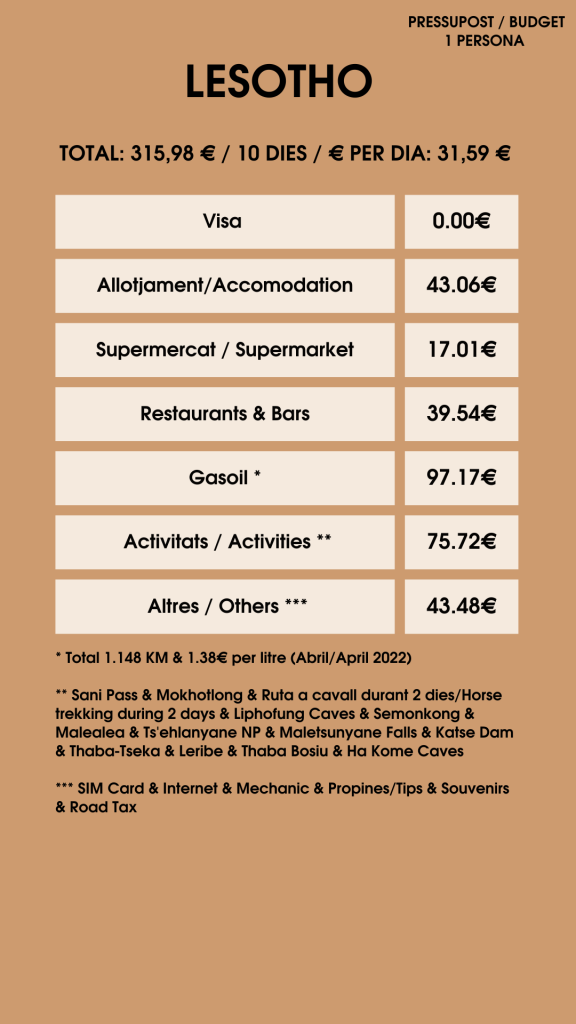
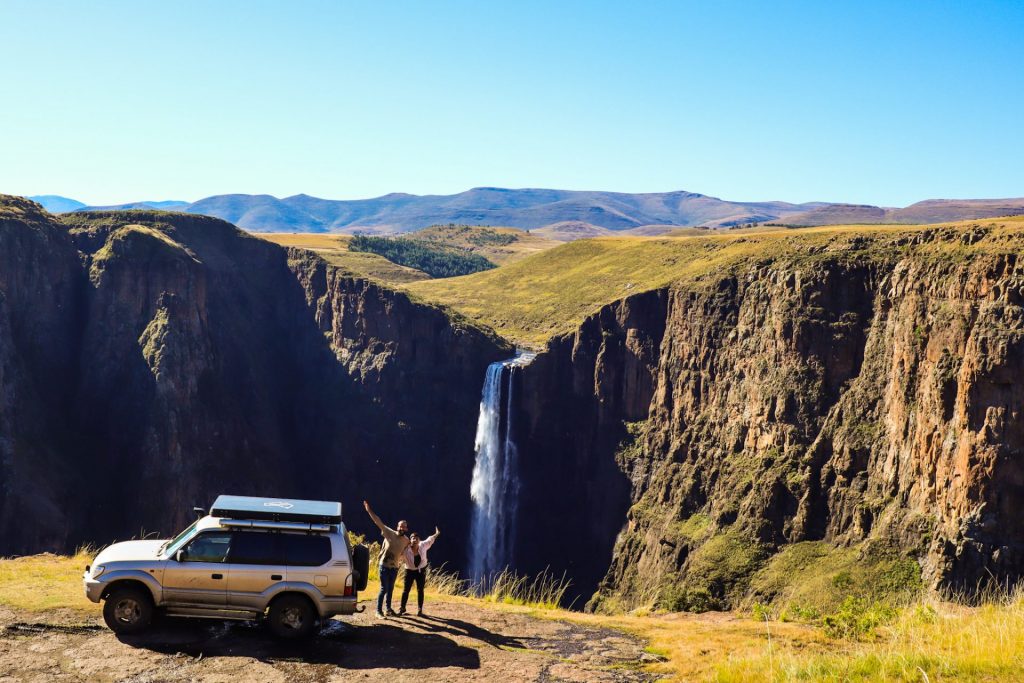

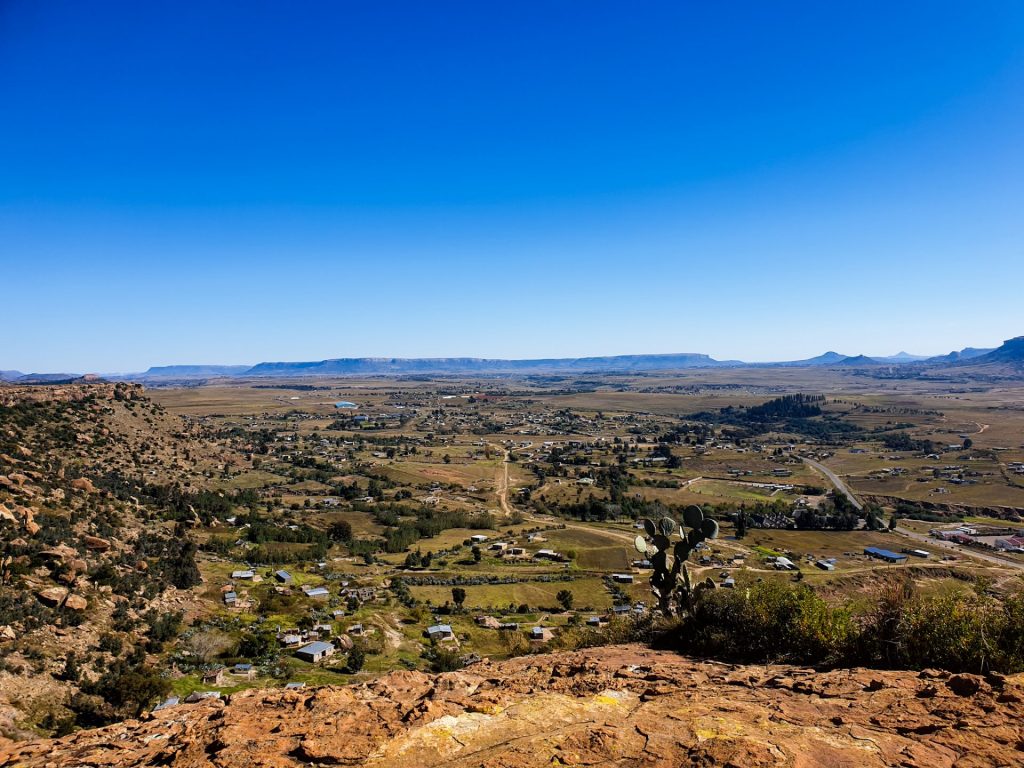

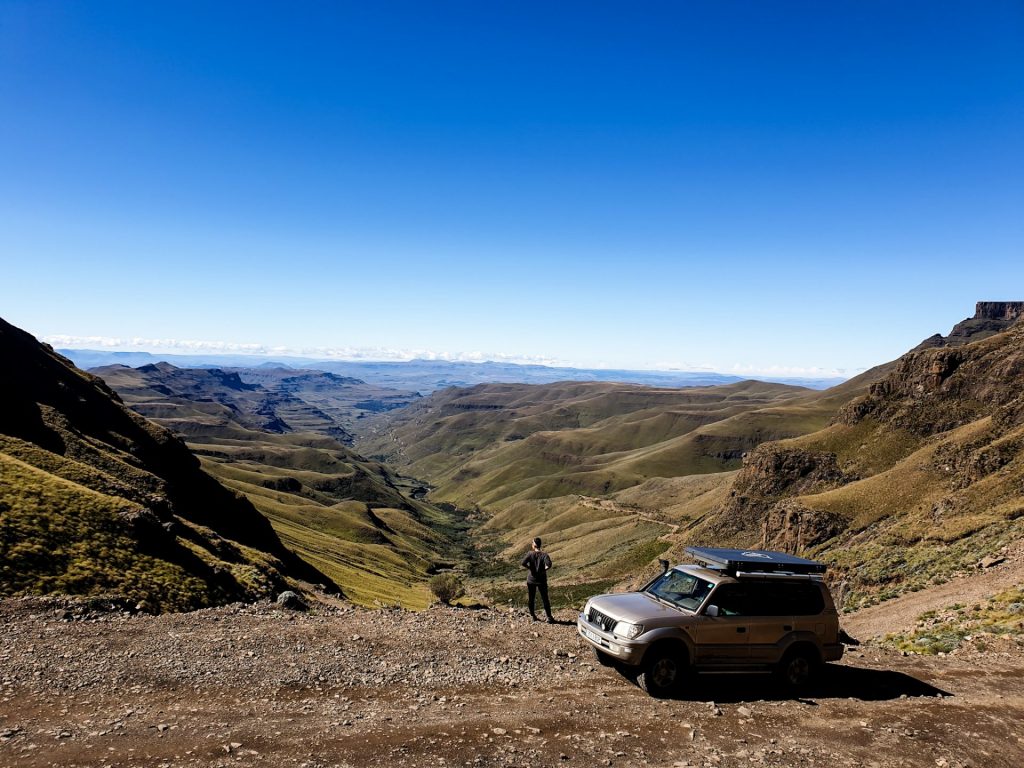

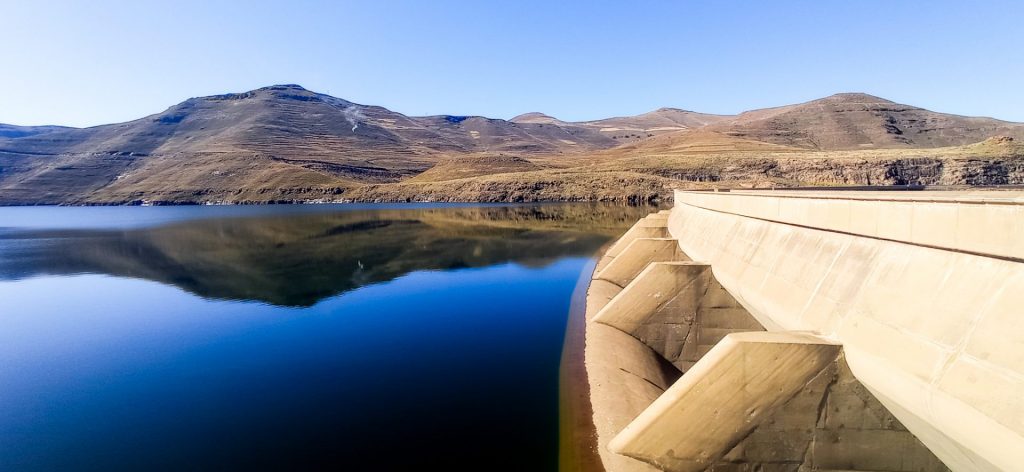


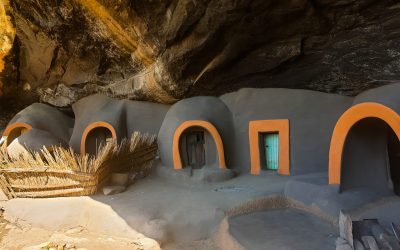

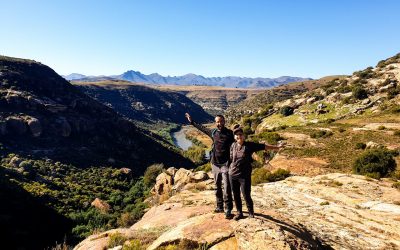
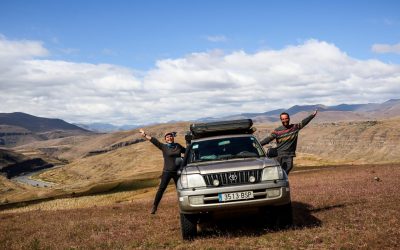


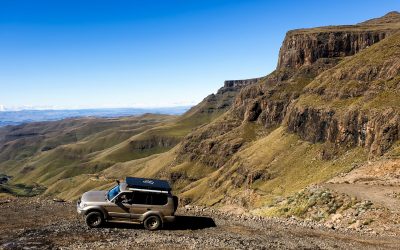

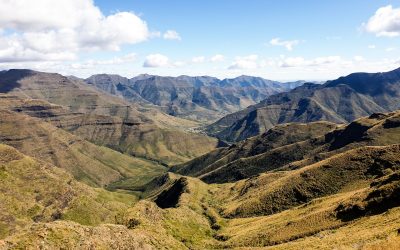
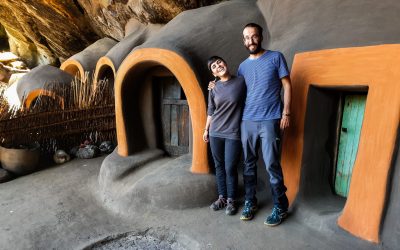
0 Comments